So you’ve just experienced the joy of bringing a precious new life into this world, and with it comes the postpartum back pain. As a proud new mother, your heart swells with the essence of maternal love, your mind brims with pride and dreams of the future…
Sorry to ruin the mood and spoil the vibe, but it’s the truth. Along with all of their happiness and joy, a good number of new mothers suffer from postpartum back pain, and for a wide variety of reasons. This all too frequent phenomenon is known as postpartum back pain.
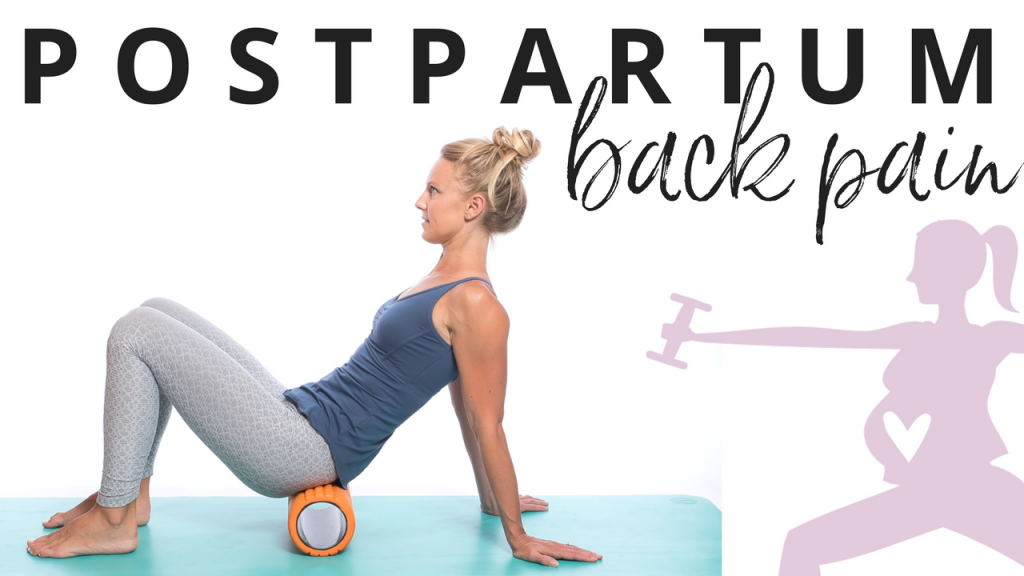
Postpartum pack pain and how many are affected by it.
According to beingtheparent.com, “Nearly 50% of women in the first few months will suffer from lower back pain after delivering a baby.
This statistic may surprise you, and indeed it should! For while conditions such as postpartum depression are much discussed–both in the news media and amongst mothers themselves–postpartum back pain is a condition that does not receive the discussion and attention that it should; particularly given the number of women affected.
Indeed, much like labor pain, postpartum back pain might be seen as a necessary evil to be borne and tolerated as a part of motherhood. Yet these days, more and more moms are powering over the pain.
And with good reason. On a regular basis, even minor instances of postpartum back pain can severely affect one’s everyday life; making the commission of common everyday tasks (everything from walking to working to sleeping comfortably) more challenging and problematic, and other regular tasks (including household chores, sports and exercise, home maintenance and improvement projects, or even carrying in the groceries) next to impossible. Postpartum back pain in any circumstance can cause fatigue, depression, sleeplessness, and a reduction in productivity.
In the life of a new mom, however, an instance of postpartum back pain–no matter how minor or severe–also can serve to alter and undermine what by all rights should be the most joyful time of her life. Indeed, a new mom afflicted by this variety of acute bodily discomfort may even find it difficult to lift or carry her baby; and, indeed, these very acts might be causing or at least contributing to her pain.
New moms, especially those also juggling careers, marriages and busy social lives, simply don’t have time for the pain these days. And with that in mind, it is finally time to address the causes and solutions associated with that persistent and ever troublesome condition known as postpartum back pain.
Although the experience of postpartum back pain is a common one, its causes and sources are as unique and individualized as the pregnancy experience itself.
Back Pain After Cesarean Delivery
Many women suffer from back pain after cesarean delivery. This variety of postpartum back pain generally is caused by those epidurals and spinal anesthesias used as frequent components of this procedure. Indeed, lower back pain after childbirth epidural is a frequent issue; this due to the fact that back tingling and discomfort, in general, is a side effect of many types of pain medication. Scar tissue is another byproduct of the cesarean delivery, which also can become a source of lumbar discomfort.
Furthermore, some forms of postpartum back pain strike the new mother long after her delivery. Indeed, a good number of new moms report suffering from postpartum back pain one year after pregnancy and lower back pain 6 months after pregnancy.
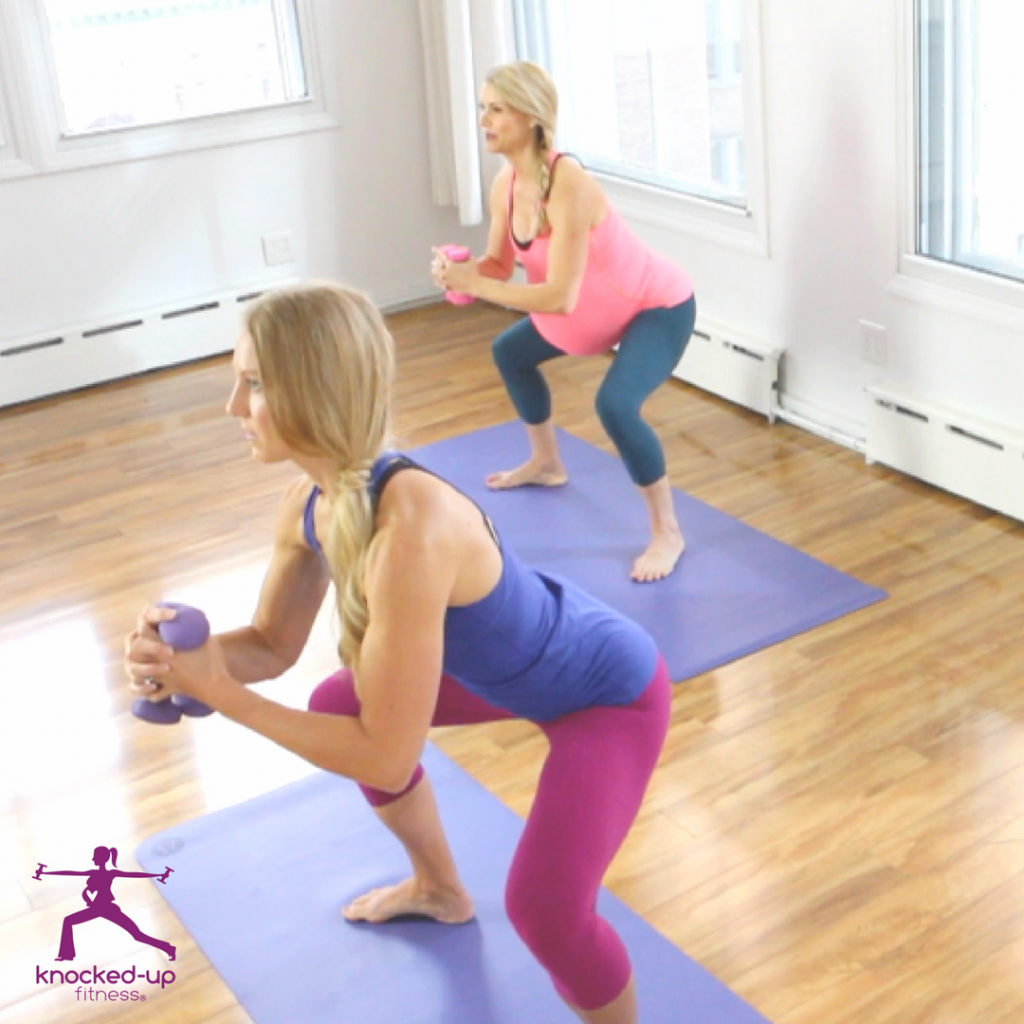 Furthermore, postpartum back pain can strike different areas of the back. Indeed, new moms experience both postpartum upper back pain and postpartum middle back pain. These conditions can be traced to a number of sources, ranging from overexertion (those pains and strains that occur when you lean or bend over to lift your child, or when you carry your baby for an extended period of time) to breastfeeding, to general hormonal shifts and changes that might accompany the early months of motherhood.
Furthermore, postpartum back pain can strike different areas of the back. Indeed, new moms experience both postpartum upper back pain and postpartum middle back pain. These conditions can be traced to a number of sources, ranging from overexertion (those pains and strains that occur when you lean or bend over to lift your child, or when you carry your baby for an extended period of time) to breastfeeding, to general hormonal shifts and changes that might accompany the early months of motherhood.
Postpartum back pain also can be attributed to the rapid weight gain that tends to come as part and postural changes that happen during pregnancy. Contrary to popular belief, the act of childbirth alone does not erase every pound gained during pregnancy; and the additional weight that remains can exert pressure on the back.
Postpartum Back Pain Exercises
Many women come to accept postpartum back pain as a standard, even expected part of the maternal experience. Yet the good news is that, with the advent of modern medicine and technology, your postpartum back pain can be eased, alleviated or completely resolved; and in far less time than you think.
You don’t have to accept postpartum back pain as a natural part of motherhood. You can do your ‘part’ to deal with the postpartum effects of pregnancy; and in a way that also strengthens your back, body and core to better prepare you for your challenging but sure to be revitalizing life as a proud new mom.
Today, postpartum back pain can be eased and cured naturally through learning how to properly strengthen your core, improve your posture, strengthen and release the necessary areas of your body, massage, and other natural remedies. Cold and warm compresses also can do much to relieve the discomfort, with cold packs and ice packs in particular soothing and healing if they are applied regularly and at the right pressure points. To truly get rid of postpartum back pain it’s imperative to properly strengthen the necessary areas of your body, specifically your core (including your pelvic floor, abdominals, deep muscles of your spine, midback), improve your breathing, and correcting alignment all which can be done through learning the proper movements and exercises and techniques. You can find the exact step-by-step inside the Core Rehab Program.

“Cha!” You might be thinking at this point. “You want me, as a newly minted mother, to spend most of my time resting and reclining? Good luck with that, considering the fact that I barely get a wink of sleep these days!”
Point taken; and indeed, bed rest may not even be the optimum, most effective way of coping with postpartum back pain. In addition, many people these days like to avoid pills and meds as much as possible. And while many helpful therapeutic innovations have been developed to help cure postpartum back pain, they will do little to prevent the pain in the first place; which is why many moms are now experiencing the wonders of postpartum back pain exercises after delivery.
Ideally, postpartum back pain exercises should not be the new mama’s first experience with maternity based fitness. Indeed, these days people of all ages and genders, and at all stages of life, are embracing the concept of regular fitness routines; and if practiced regularly throughout the course of one’s life, these routines can do much to prevent instances of postpartum back pain. And if a woman exercises regularly throughout the course of her pregnancy, then her entire postpartum experience is bound to go more smoothly.
If a woman begins exercising during her first trimester, studies show that she is more likely to have an easier and more comfortable delivery and a shorter, less impactful postpartum delivery process.
This makes sense when one considers the manner in which a standard exercise regimen can tone and develop the muscles–thus preparing the body for strenuous processes such as labor and delivery. An expectant mother who exercises even may be able to avoid a cesarean delivery; thus also waylaying the possible medicinal side effects of this procedure. And, generally speaking, a stronger body is one less beleaguered by any brand of pain and strain.

Postpartum back pain relief
By exercising during and after pregnancy, a woman will survive and sustain her labor and recovery period with less postpartum back pain–along with, in all likelihood, an elevated mood and a stronger, heartier physique that’s ready for anything–even the act of caring for a newborn!
And exercise is perhaps the ultimate means of preventing and addressing postpartum back pain, which frequently can be attributed to changes in posture and a weakened deep core during and after pregnancy; and sciatic pain and tenderness, which can result from a bulging or herniated disc.
Even in the most ideal, problem free pregnancies, expectant women tend to walk and stand differently; this owing to the changes that are affecting their body at this particular point in their lives. Indeed, pregnant women even tend to sleep in altered positions to facilitate their additional weight and–of course–the famous baby bump. And in the weeks and months following the birth of the baby, many new moms overexert themselves when they pick up and carry their infants.
Although many of the factors that cause partum and postpartum back pain are indeed integral and unavoidable parts of the childbearing process, the pain that they often cause doesn’t have to be; at least, not to the extent and to the degree that some women tend to experience it.
A healthier and heartier body can more easily sustain added weight, postural shifts, etc.; and while it does not constitute an automatic guarantee that you will make it through the postpartum experience free of back pain, a steady and judiciously followed fitness regimen will fortify and strengthen your body against all instances of bodily discomfort. In any case, exercising for even 10 minutes per day can help put a stop to partum and postpartum back pain.
In order to prime yourself for the singular brand of partum and postpartum exercise, with the ultimate goal of alleviating postpartum back pain. First, do a realistic assessment of your body’s readiness for exercise.
Do you have pre-existing orthopedic conditions; or do you have other preexisting health conditions that might make any degree of strenuous physical activity more of a challenge? Then, by all means, consult your physician and (if you have one) your fitness instructor or personal trainer before beginning any exercise program. The last thing that you want to do, after all, is worse or cause additional postpartum back pain.
Once you are approved to commence your exercise program, start with some light and gentle stretches that enable and empower your body to release all tension.
Back pain exercises after delivery
Just think about how good it feels to have a good stretch; indeed, by simply angling your back upward and raising your arms toward the sky, you likely feel the tension drain away from your lower back in particular; leaving in its place an invigorating tingle and wave of renewed energy. This is because a properly executed low impact stretch serves to strengthen a person’s deep core muscles.
Now just think about how a therapeutic stretch will serve to relieve most common instances of partum and postpartum back pain. Much like the sands of an hourglass, you are sure to feel waves of discomfort fall away; leaving you both refreshed and revitalized, feeling both lighter and stronger at the same time.
It’s not much of a ‘stretch’ to assert that the simple but invigorating act of stretching will do wonders for your postpartum back pain; providing, of course, that you stretch only to the point of tension release–not pain. If you should happen to feel your back pain worsen, then stop immediately and contact your physician. The first general rule is to advise your client to stretch to a point that feels good and avoid any “pain.” This is important, as we must teach the pregnant woman how to properly strengthen her deep core muscles during pregnancy, how to release and relax her pregnant body, and how this combination–along with specific movements and exercises–can better prepare the new mom for the birth and recovery postpartum processes.
Also along the lines of low impact exercise; it may come as a surprise to you that the simple act of straightening your posture can do much to remedy postpartum back pain. Due to the physical changes (i.e., weight gain, variations in gait and bearing, etc.) that often accompany the pregnancy experience, pregnant women sometimes find their posture altered; tucking their pelvises and perhaps walking with a slight hunch. By standing up straight, aligning the body, and righting your core, you can both prevent and alleviate partum and postpartum back pain–along with sciatic joint discomfort, neck and shoulder pain, hip discomfort and pain, knee pain and more! Plus it’s easy to incorporate the straightening of the posture into the execution of just about any basic exercise.
And when it comes to partum and postpartum exercise to successfully manage back pain, the more basic the better. During these sensitive and all-important months, women may wish to avoid high impact, potentially tiring or strenuous exercises such as ‘hot’ yoga and ‘hot’ pilates, vigorous running and jogging, and deep squats; along with competitive and at times rough and physically impactful sports like soccer, gymnastics, all varieties of skiing, ice and field hockey, baseball and basketball, horseback riding, sky and scuba diving, cycling, surfing, etc.
By engaging in any or all of these activities–at any point during your pregnancy or immediately thereafter–you could stand to worsen or even cause partum and postpartum back pain. And while you may indeed feel energized and ready to go again soon after delivery (as often happens when women remain active and energized during their pregnancy), those who try to jump back into the fitness and athletic game too quickly, and at the same impact and velocity that they did before childbirth, may find themselves at higher risk for intensified postpartum back pain.
Yet don’t despair, Mom; as we have noted, a judicious and well-regulated regimen of regular physical activity can help you prevent, manage and alleviate this pain. It’s all in how you do it, and just how much. The fact is that, if done correctly, even basic components of your daily routine (such as lifting your baby) can help tone the back. And if you still wish to stick with the squats and lunges that may very well help keep your back toned and your body as a whole healthy on a regular basis, then you might wish to consult with a physical trainer to devise modified versions of these exercises.
By slightly changing the pace, positioning and general complexity of your favorite exercise moves, you still can incorporate them into your lower impact workout–just perhaps at a reduced speed and/or intensity. Your personal trainer or physical therapist can advise you on various ways to tweak or modify even the most normally vigorous exercises. And by making your lunges a little less deep, your squats a little less fast and pronounced (perhaps even stationery), and your repeats a little less-well–repetitive, you can do much to control and perhaps even absolve postpartum back pain.
Also, consult your physician about participating in vigorous and at times high-speed physical activities that include running, jogging, skipping, sprinting, and (in the third trimester of pregnancy and for some time following the delivery procedure) even vigorous walking. These activities also can elicit various episodes of postpartum back pain, especially if you happen to twist or overexert your back and hips during their commission. So once again, your doctor might recommend that you slow the run down to a jog or the jog down to a walk; or even might advise you to most literally ‘sit out’ these activities for a brief interval, until the back completely heals.
When it comes to postpartum fitness, a new mom needs to acknowledge a few other limitations. Indeed, at this stage of life, it’s not just how you move and stay active, but even how you rest that can make a decided difference!
During the latter part of the pregnancy and immediately thereafter, you can limit postpartum back pain by limiting the amount of time spent lying on the back; otherwise known as the supine position. If you lie on your back only 5 to 10 minutes per rest or sleep session, all the while rolling over slowly in bed and avoiding sudden movement changes, then you can alleviate a great deal of the pressure exerted upon that area.
On a related note, also avoid supine flexion exercises that involve lying flat on one’s back. In the case of the supine flexion exercise known as cannonball, for instance, the exerciser lies on her back and raises her head and legs; folding her knees up to touch her chest as her back remains straight.
Supine flexion exercises can be most beneficial, especially for kids; but new and expectant moms may want to limit their lupines, at least for a while.
So then, enough of those pesky don’ts! Let’s dive into the do’s of postpartum exercise; those tips, tricks, and maneuvers that will help you combat and perhaps even prevent postpartum back pain.
Postpartum back pain exercises
Both during and following your pregnancy, you should do exercises that feel good and comfortable to you; movements that do not strain or exhaust you. And if even any of those movements cause you discomfort or pain at any time, you should cease them immediately and contact your physician.
And regardless of the specific exercises that fill and define your postpartum exercise plan, you should practice deep core strengthening and release during all sessions.
With physician approval, hip rolls is an exercise that–aside from the hips–also help the back! When you perform hip rolls, you roll your spine upward and articulate the spine–one vertebra at a time. Then, after pausing, inhaling and exhaling, you articulate your spine as you roll back down onto your mat. Finally inhale as you arch your back, exhaling to initiate your next hip roll. Then continue for five to 10 repetitions.
And it only makes sense that, if stretching the back can indeed do wonders for postpartum back pain, then arching and rounding can really do the trick. Start off with a child pose position with your knees widened, while at the same time extending your arms forward. Then, leading with your sits-bones, sit as far back as possible to avoid rounding your lower back; instead arching the lower back so that you can feel a spreading between your sit-bones and pelvic floor. Inhale while holding the pose; then exhale and do a gentle kegel to initiate movement; drawing your pelvic floor lightly together and upward to permit the rounding of your lower back. Finally, continue rounding your spine partially upward; then, leading with your sits-bones, sit back once again.
Now might also be a good time for modified Cat Cows. Position yourself gently on your hands and knees, exhaling as you do a minor kegel (drawing your pelvic floor lightly together and upward), tucking your hips and rounding your spine as though you are “hugging your baby.” Finally, inhale as you arch your back at a slight angle to lengthen your spine.
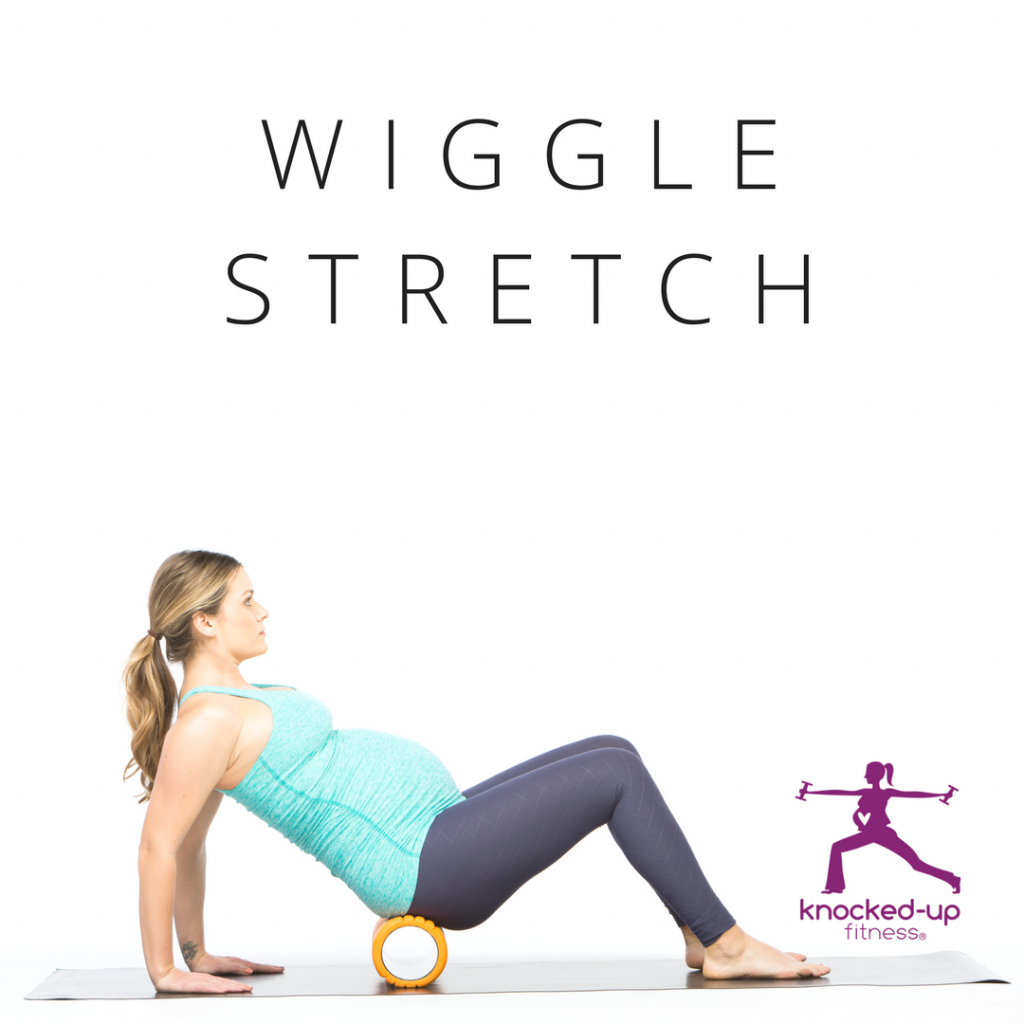
The Wiggle Stretch is a particularly flexible and relaxing exercise that involves the use of a foam roller. Just seat yourself atop the foam roller, positioning it just above your tailbone upon your sacrum. Then, pressing your hips against the roller, shift your hips back and forth in a swift fashion.
And for a thoroughly therapeutic postpartum back pain relief exercise, try an Upper Glute Release. Again using a foam roller, situate the roller just above your tailbone on your sacrum, shifting your weight and rolling your body towards one side. Slowly shift the roller across your upper glute, then switch sides.
Enjoy those precious first months of your child’s life, free of postpartum back pain!

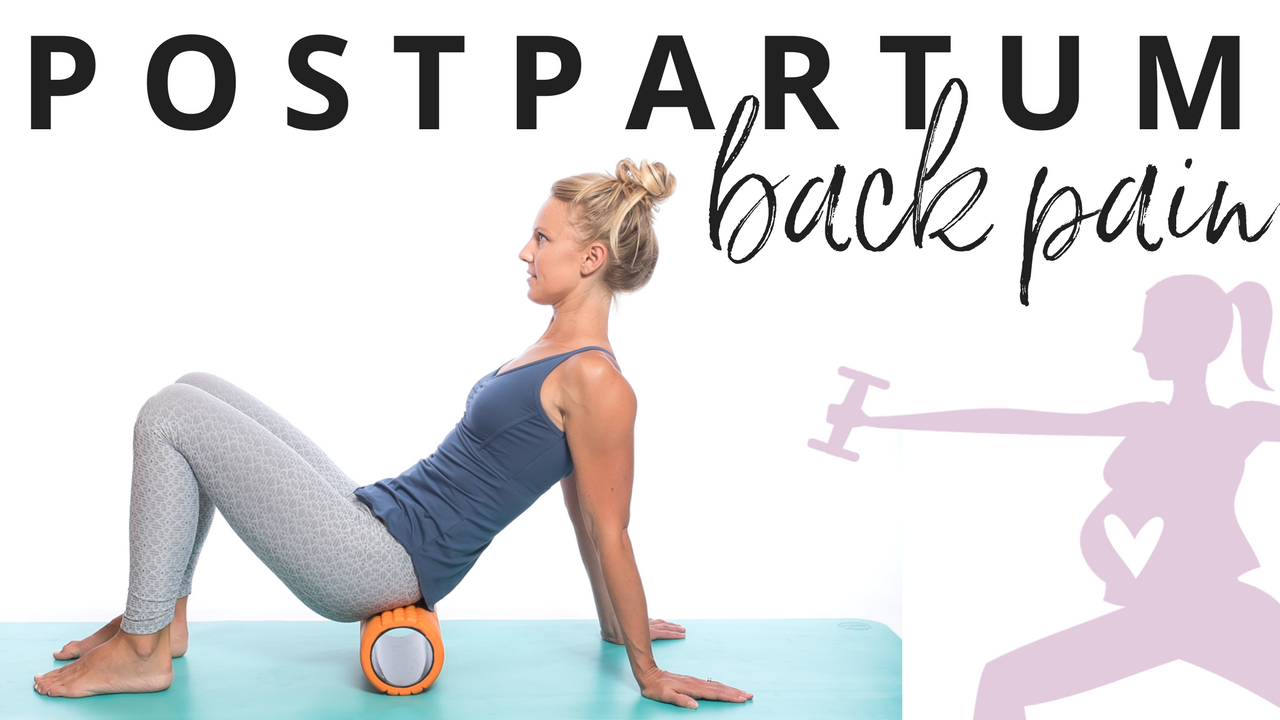

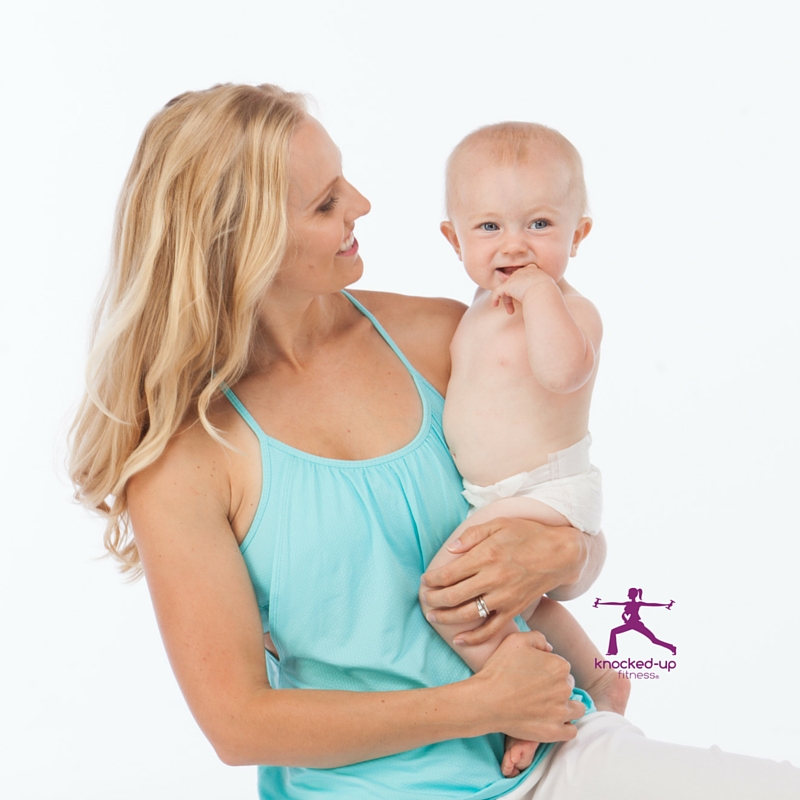

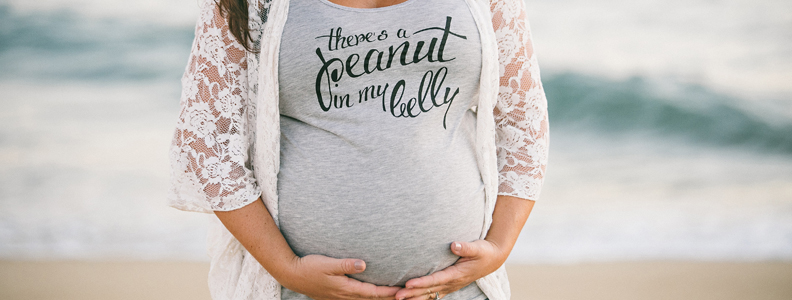

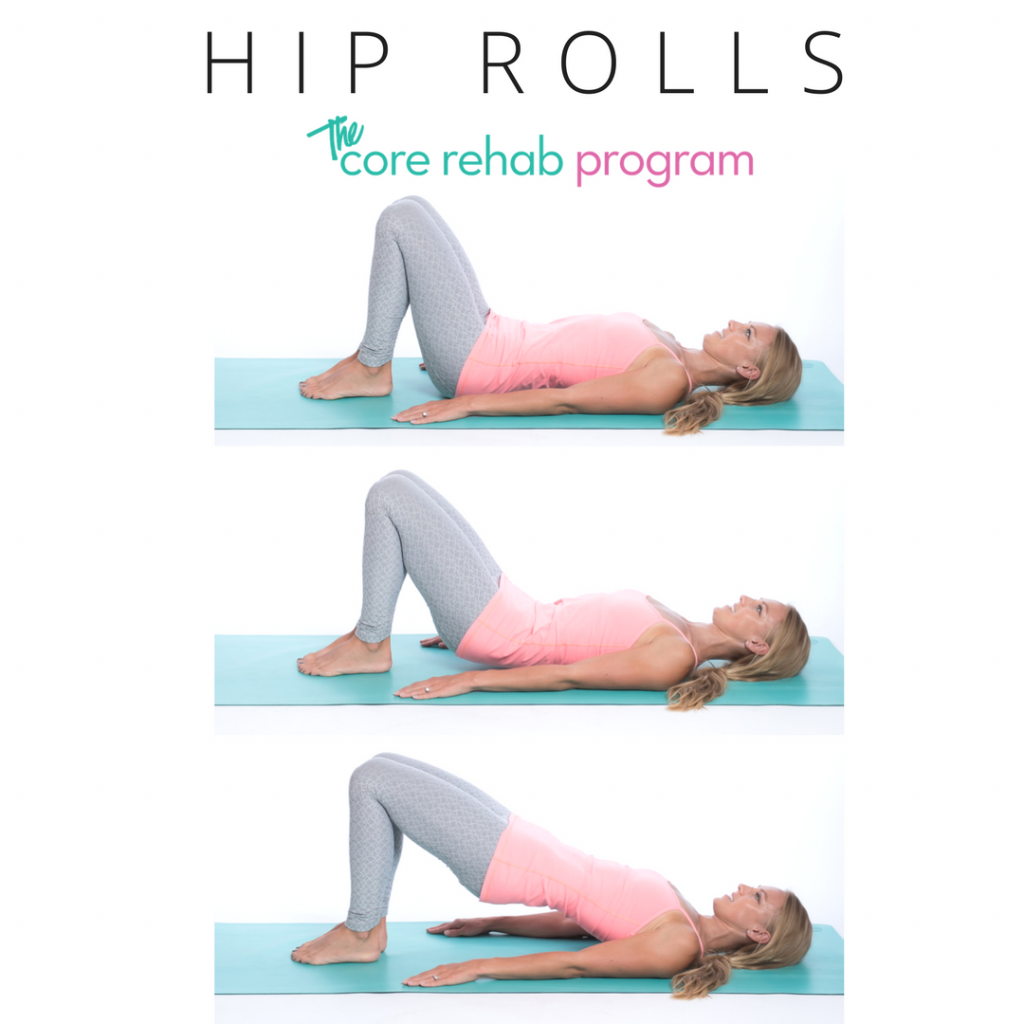
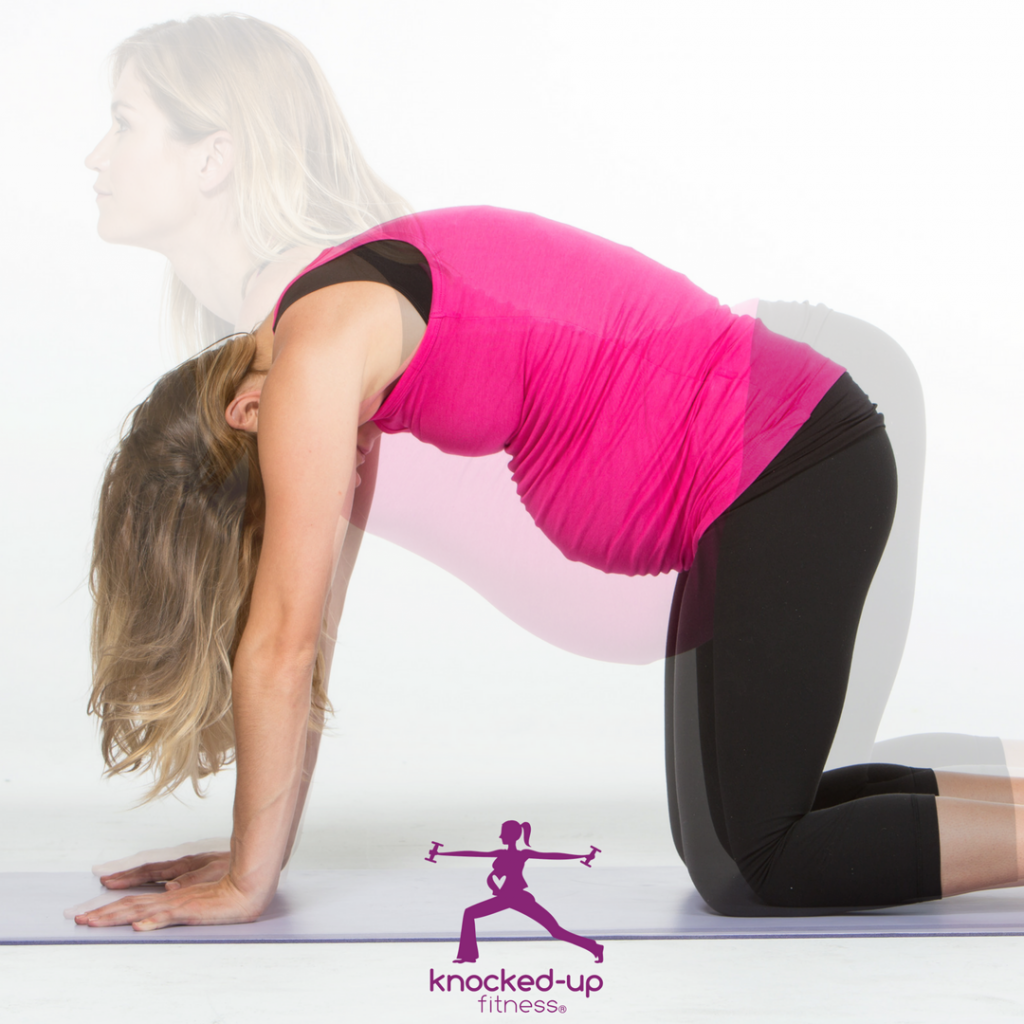
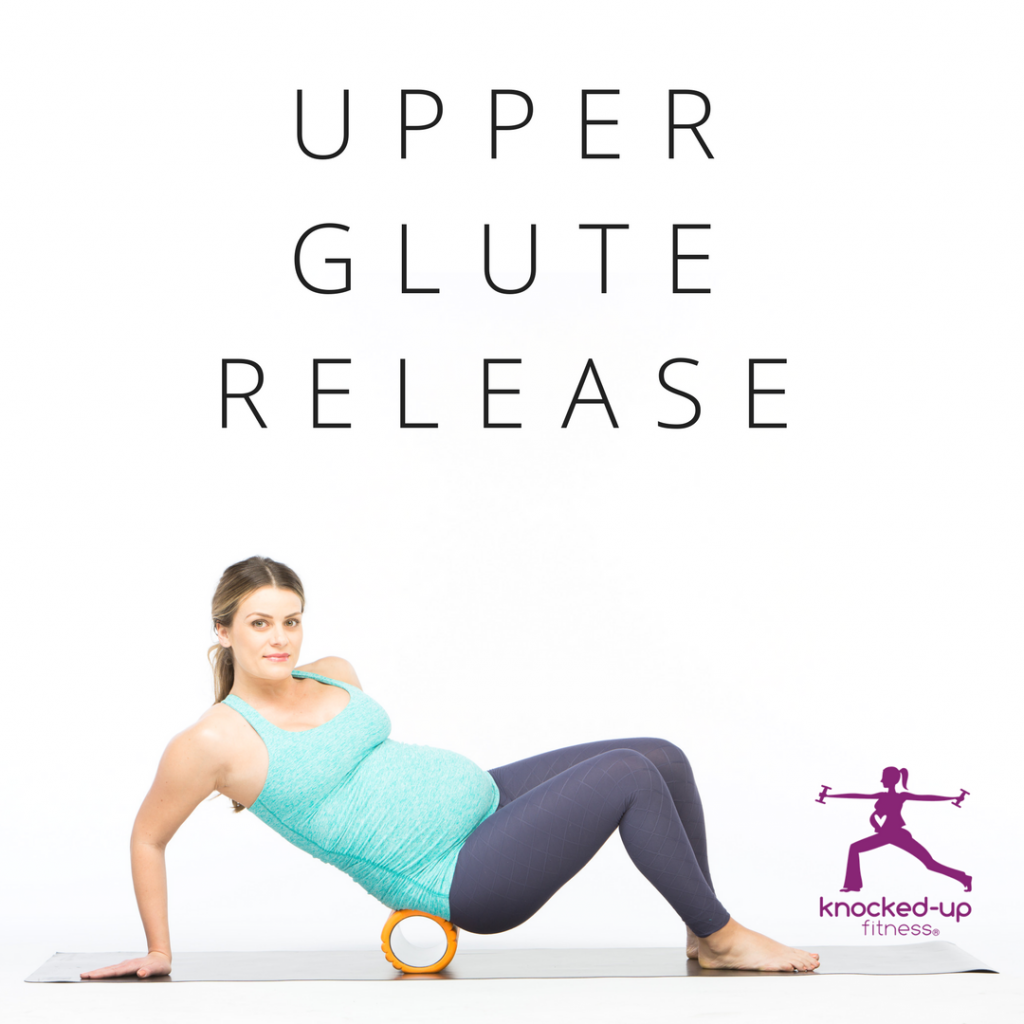
5 Comments
I wore a waist trainer for 2 months after giving birth to my 2nd child and it really helped a lot with the back pain and also flattened my stomach very quickly. I also worked out in my waist trainer and it was super comfortable and produce noticeable results very soon.
I’ve read & watched lot of information in regards to issues related to pregnancy but not many discuss about post delivery affects especially back pain, very good information shared in detail.